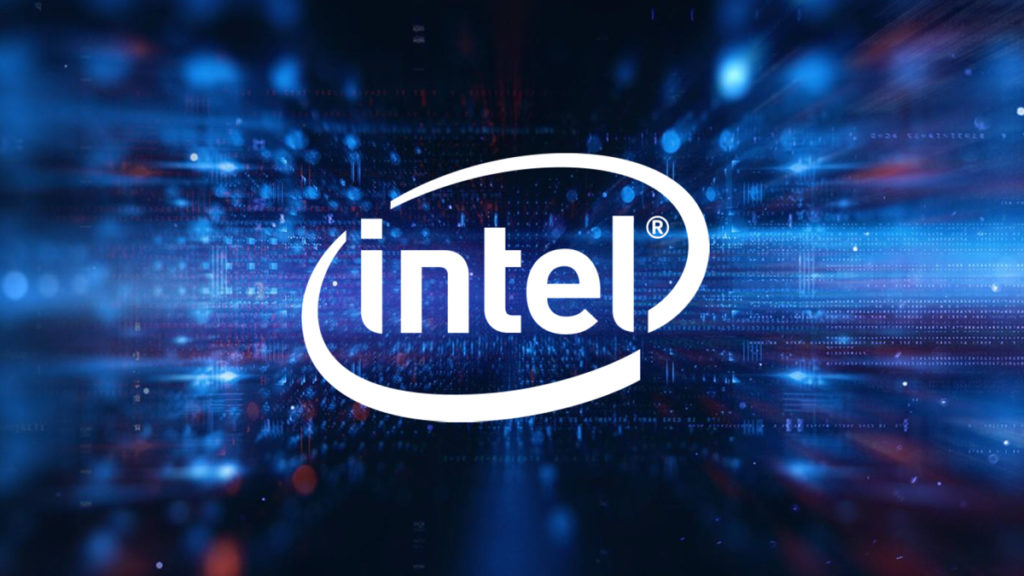
Intel Products CEO Michelle Johnston Holthaus attended a Bank of America Conference, where a strategic overview was presented. Intel’s longstanding financial woes have taken their toll on the once-leading manufacturer, leading to continual layoffs year after year for some time now. Former Intel CEO Pat Gelsinger was replaced by Lip-Bu Tan earlier this year, who has been tasked with getting the company back on track for profitability. Much of what Michelle Johnston has stated at the conference directly refers to Lip-Bu Tan’s plans for getting Intel back on track.
Jay Karya, an analyst from BofA and part of its semiconductor and semi cap equipment research team, was keen on getting details regarding exactly what Intel’s current strategy is for obtaining its goals. Michelle quickly began explaining how Intel is using its US-based foundries for its 18A node while leveraging TSMC’s foundries to shift volume when needed, while also having access to EUV manufacturing technologies. Both foundries will be used for the upcoming NovaLake product line, the flagship processor of which has been said to feature up to 52 cores made up of 4 low-power E-cores, 32 standard E-cores, and 16 P-cores and is rumored to combine Xe3 and Xe4 graphics onto the package.
Intel has also partnered with Samsung to use its foundries for production as well, and through this three-pronged approach has established not only a means for new nodes but also is able to have access to industry-available package IPs. Another advantage to these partnerships is that while there are added costs with them, Intel’s partners can shoulder some of manufacturing R&D costs thus offloading that burden from Intel. Manufacturing of different packages can then also be directed to the foundry who has the most optimal process for it as well.
Much of what Johnston covers indicates Intel is “laser-focused”, something mentioned multiple times on different topics, to its commitment in regaining its lead in the enterprise sector, but it is also changing its consumer strategy. Rather than launching a myriad of processors into the wild, hoping that customers will gravitate towards them per their needs, Intel is paying closer attention to market trends to identify potential product solutions. In essence, instead of throwing things at the wall to see what sticks, it is trying to identify where an actual demand exists for a product. Moving forward, the first goal is getting its gross margins back above 50%, but development teams for new products will now have to prove they can meet that same goal before moving into production.
It’s obvious that Lip-Bu has a longterm plan for Intel but also that things are in place for the short term. From ongoing dialogue with customers regarding AI integrations to its Granite Rapids successful launch it is already putting things in place for 2026 and beyond, and is looking to hire new talent.
“We have the right APs in CPU, we have the right APs in graphics, and interconnectivity, we know how to do rack scale, but we also need an infusion of talent, this is a huge focus for Lip Bu, of bringing in some new talent to help us here, and I think we also have to look at delivering products in these categories that fit in some seams in the marketplace, maybe non traditional places where we can differentiate ourselves against you know, the market leader Nvidia and so that will be a big focus for us as well. The one thing I can tell you, and I’m sure as you’ve had your meetings throughout the day, people want alternatives. People want choice.”
Michelle Johnston Holthaus – Intel Products CEO
